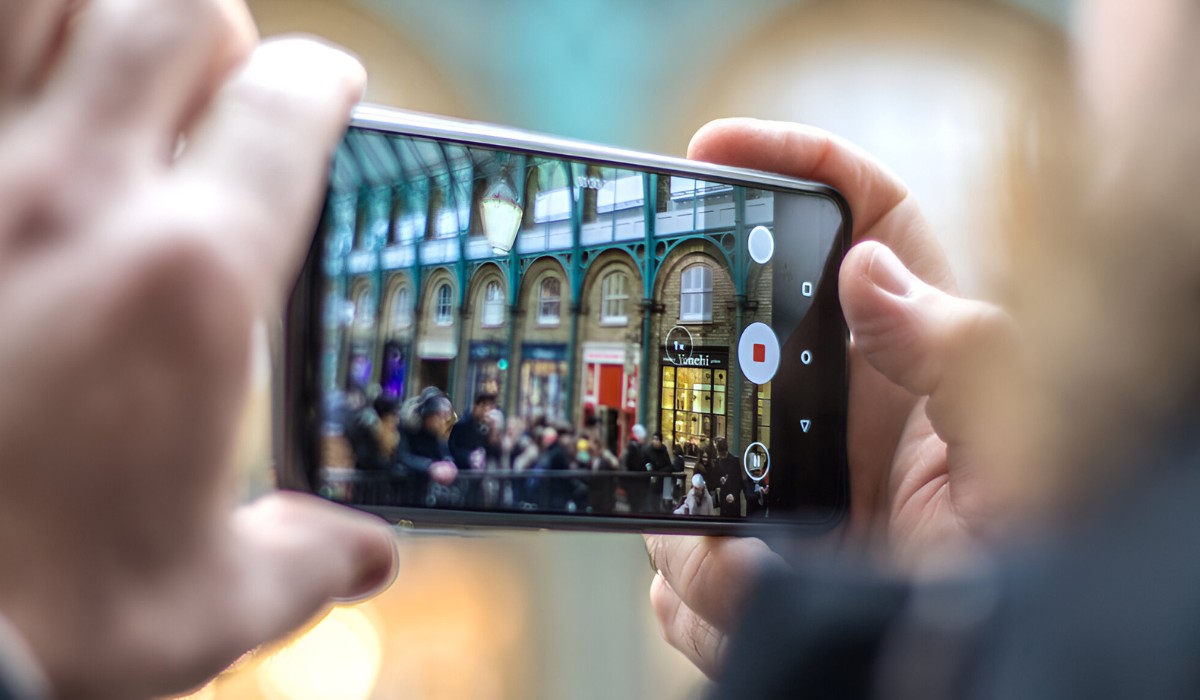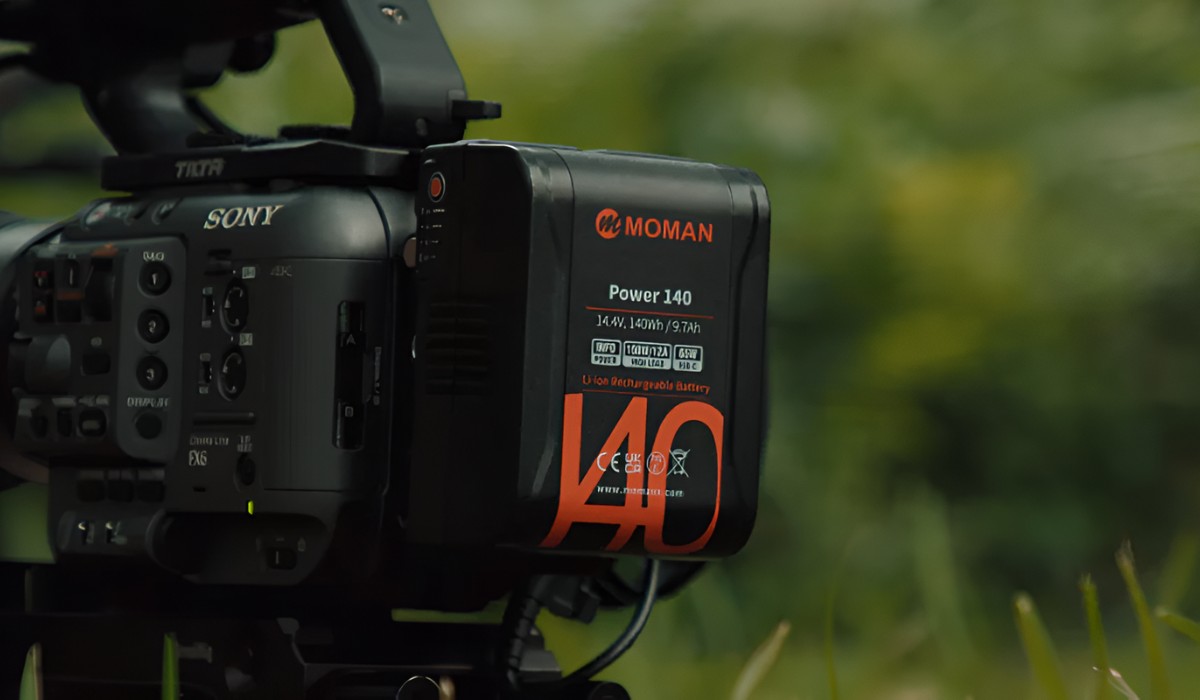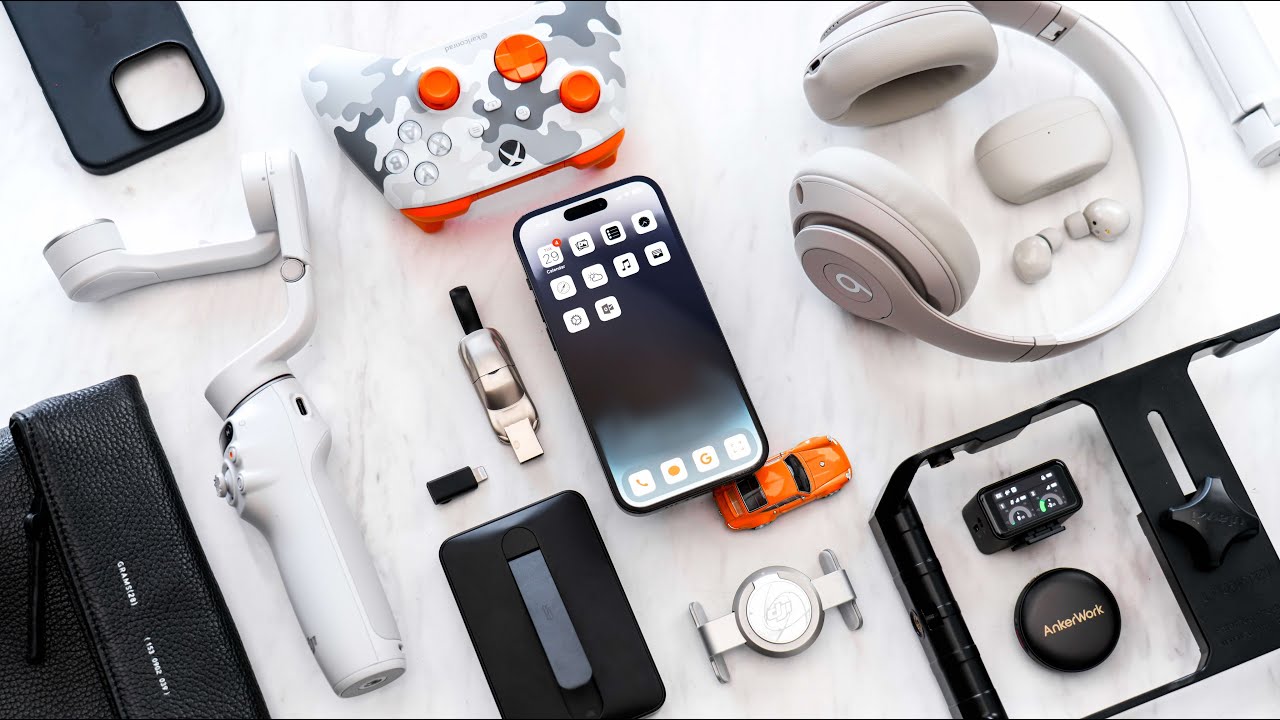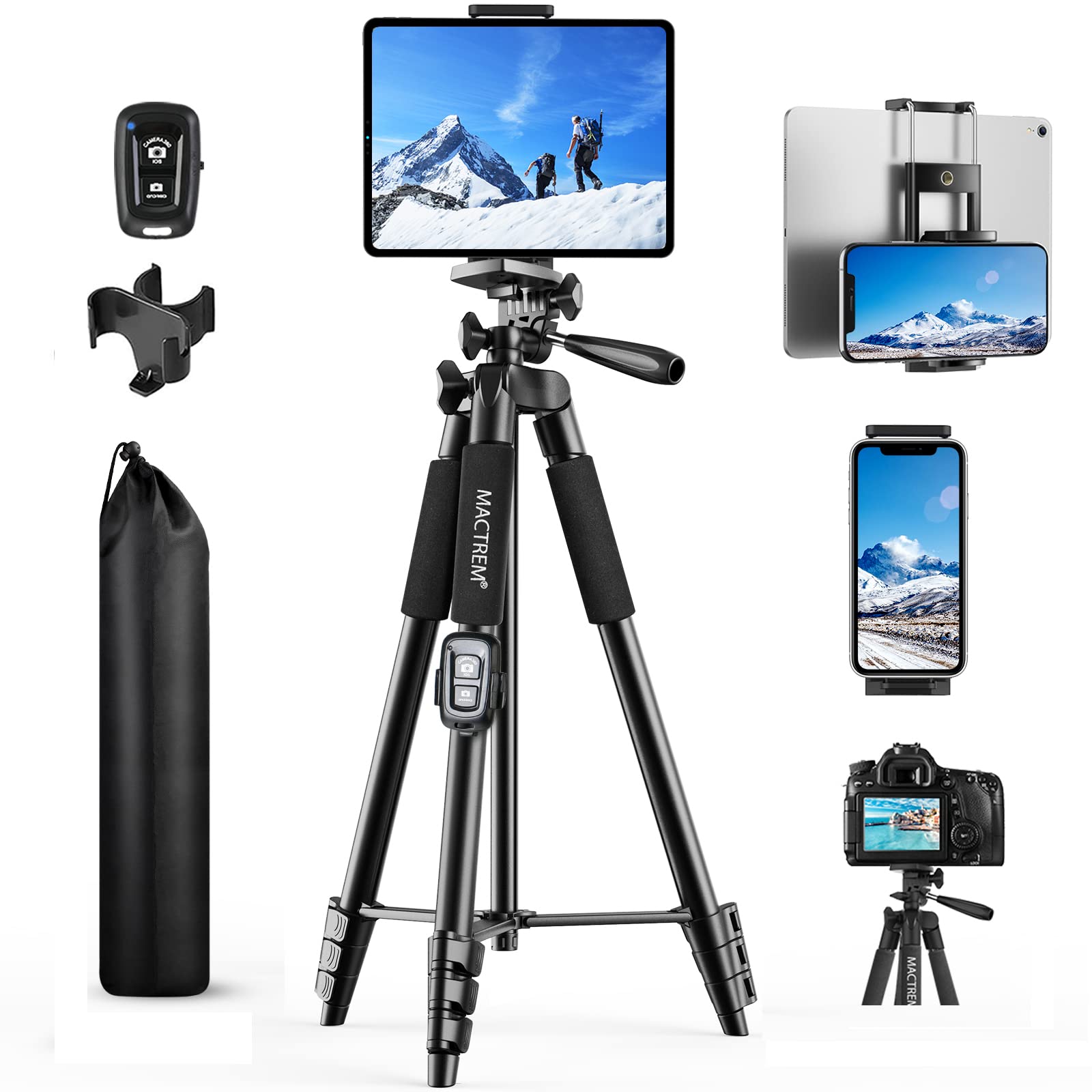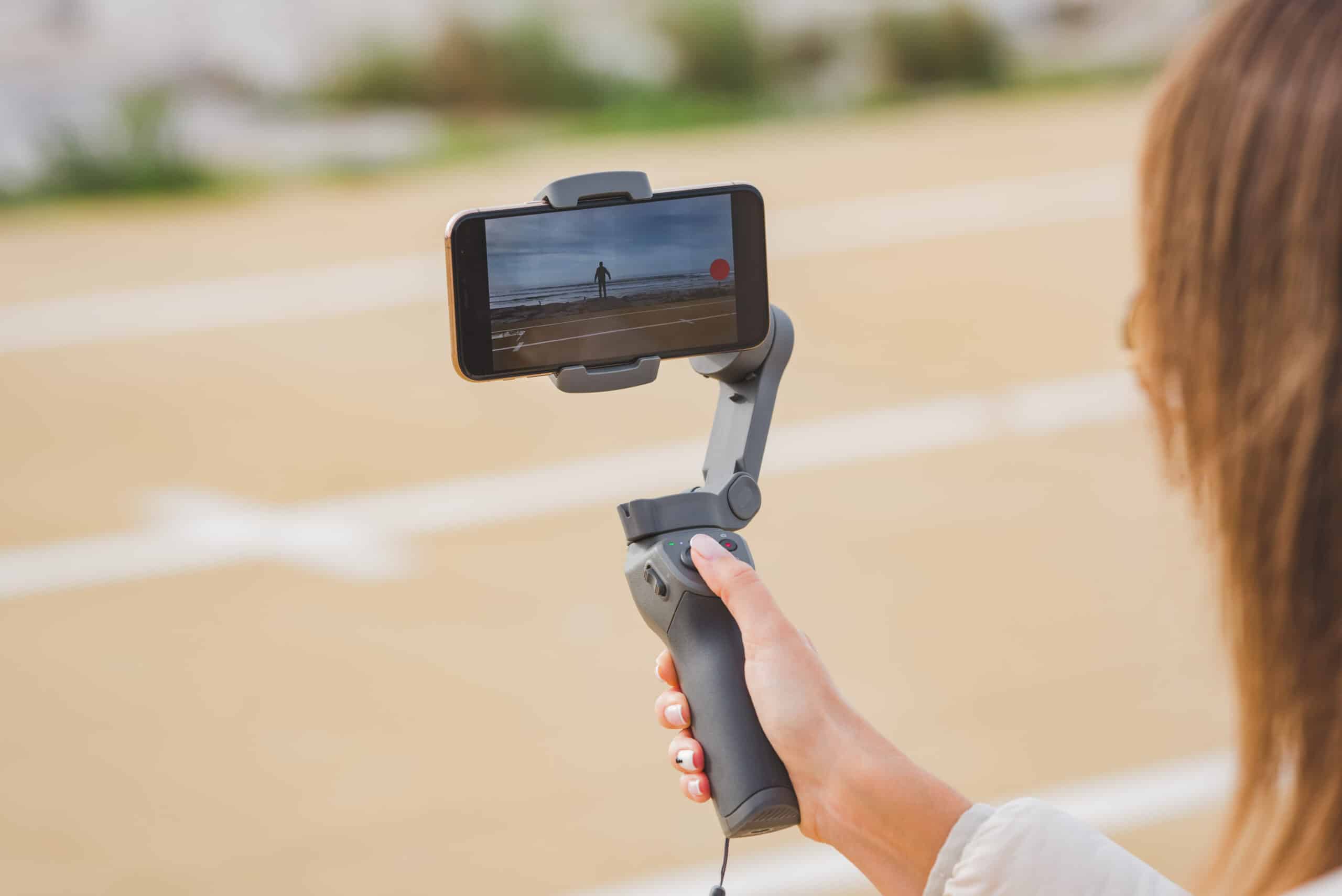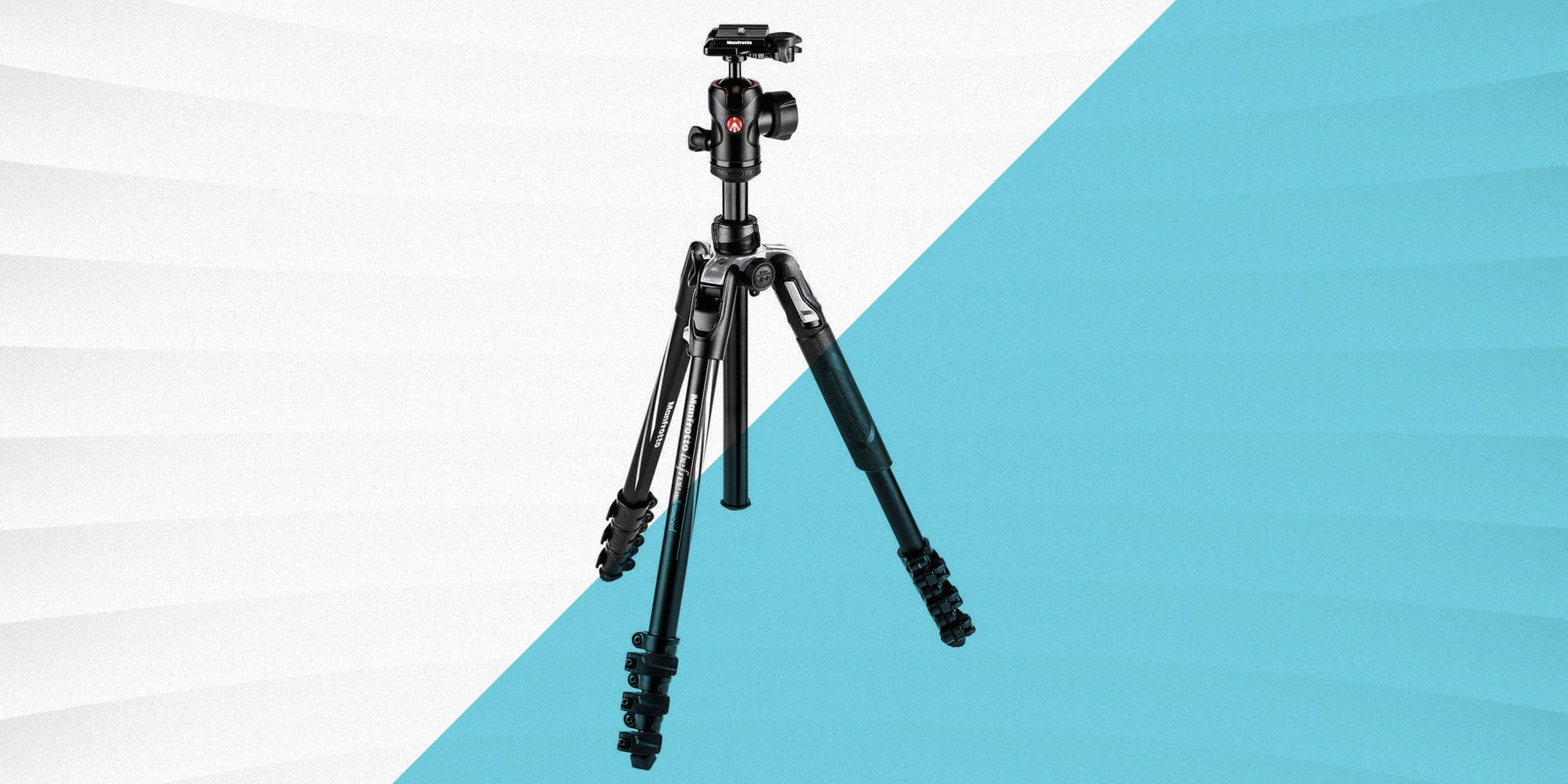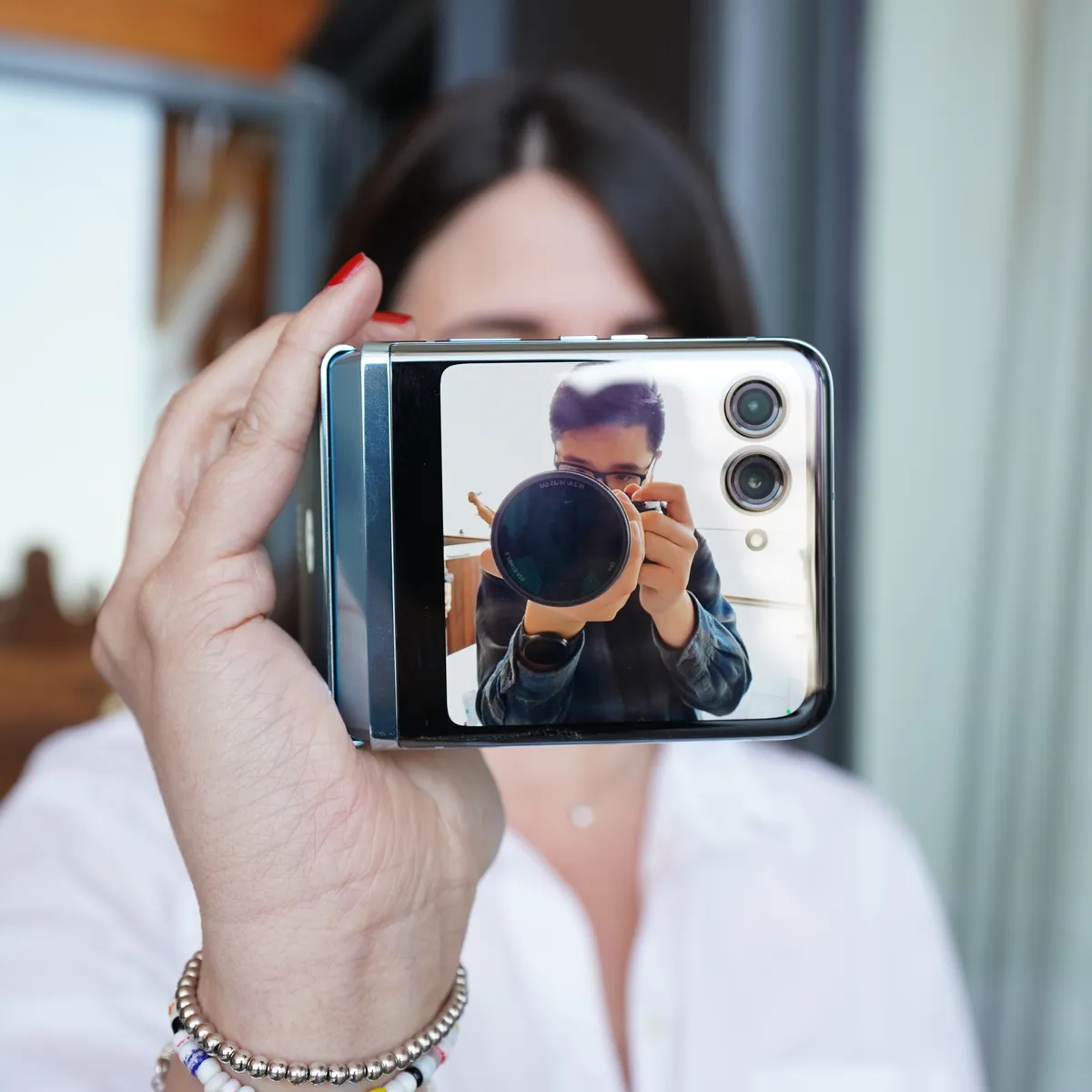Introduction
Introduction
Cell phones have become indispensable tools in our daily lives, offering a wide array of features that extend beyond simple communication. One of the most versatile functions of modern smartphones is their ability to capture high-quality videos, effectively transforming them into portable camcorders. Whether you're capturing precious moments with loved ones or creating content for social media, using your cell phone as a camcorder can yield impressive results when utilized effectively.
The convenience of having a camcorder integrated into a device that already accompanies us everywhere cannot be overstated. With the advancements in smartphone camera technology, many cell phones are now capable of recording videos in stunning 4K resolution, rivaling the quality of traditional camcorders. This accessibility has democratized the art of videography, allowing anyone with a cell phone to become a content creator and storyteller.
In this guide, we will explore the various aspects of using a cell phone as a camcorder, from choosing the right device to optimizing video quality and sharing your creations with the world. By the end of this article, you will have a comprehensive understanding of how to unleash the full potential of your cell phone as a powerful and versatile camcorder. So, grab your smartphone, and let's delve into the exciting world of mobile videography.
Choosing the Right Cell Phone
When it comes to using your cell phone as a camcorder, selecting the right device can significantly impact the quality of your videos. While most modern smartphones are equipped with capable cameras, certain features can elevate the videography experience.
Camera Specifications: Prioritize cell phones with high-resolution cameras and advanced optical image stabilization. Look for devices with larger sensor sizes and pixel sizes, as these contribute to better low-light performance and overall image quality. Additionally, consider smartphones with multiple lenses, such as wide-angle and telephoto options, to expand your creative possibilities.
Video Recording Capabilities: Opt for a cell phone that supports 4K video recording at a minimum. This resolution provides exceptional clarity and detail, ensuring that your videos appear professional and visually captivating. Higher frame rate options, such as 60 frames per second (fps) or even 120 fps for slow-motion recording, can add dynamism to your footage.
Storage and Battery Life: Adequate storage is crucial for storing your video recordings without running out of space. Look for cell phones with ample internal storage or expandable memory options. Furthermore, prioritize devices with long-lasting batteries to sustain extended video capture sessions without interruption.
External Microphone Support: Audio quality is equally important in videography. Consider a cell phone that allows for external microphone connectivity, enabling you to capture clear and immersive sound to complement your visuals.
Compatibility with Accessories: Assess the compatibility of the cell phone with various accessories, such as stabilizers, lenses, and lighting attachments. A phone with a robust ecosystem of accessories can enhance the versatility and professional capabilities of your mobile videography setup.
By carefully evaluating these factors, you can select a cell phone that aligns with your videography aspirations, empowering you to create stunning and compelling videos with ease.
Setting Up Your Cell Phone as a Camcorder
Before embarking on your videography journey, it’s essential to optimize your cell phone’s settings and configurations to ensure seamless and high-quality video capture. Follow these steps to set up your cell phone as a capable and reliable camcorder:
- Update Software: Ensure that your cell phone’s operating system and camera app are updated to the latest versions. Software updates often include improvements to camera performance and additional features that enhance the video recording experience.
- Storage Management: Clear unnecessary files and applications to free up storage space on your device. Adequate storage is vital for uninterrupted video recording, especially when capturing lengthy or high-resolution footage.
- Optimize Camera Settings: Familiarize yourself with your phone’s camera settings and experiment with different modes, such as manual, portrait, or night mode, to understand their impact on video quality. Adjust resolution, frame rate, and exposure settings based on your recording environment and desired visual aesthetic.
- Stabilization and Gridlines: Enable optical or electronic stabilization features to minimize camera shake and ensure steady footage. Additionally, activate gridlines on the camera interface to aid in composing well-balanced and visually appealing shots.
- Focus and Exposure Lock: Learn how to utilize the focus and exposure lock functions within your camera app. These features allow you to maintain consistent focus and exposure levels, particularly useful when capturing scenes with dynamic movement or varying light conditions.
- Adjust Audio Settings: Explore the audio recording options on your cell phone and configure them to suit your preferences. Some devices offer audio equalization settings or directional microphone enhancements for better sound capture.
By taking the time to set up your cell phone according to these guidelines, you can harness the full potential of its camera capabilities, laying the foundation for exceptional video production.
Adjusting Camera Settings
Mastering your cell phone’s camera settings is pivotal in achieving professional-quality video recordings. By understanding and manipulating these settings, you can tailor the visual characteristics of your videos to suit specific scenarios and creative intentions. Here are essential camera settings to consider when using your cell phone as a camcorder:
- Resolution and Frame Rate: Select the highest resolution and frame rate supported by your device for optimal video quality. Higher resolutions, such as 4K, deliver remarkable detail, while elevated frame rates, like 60 or 120 frames per second, enable smooth and dynamic motion capture.
- Exposure and White Balance: Familiarize yourself with exposure compensation to control the brightness of your videos. Adjust the white balance settings to accurately represent colors in varying lighting conditions, ensuring natural and true-to-life visuals.
- Focus and Depth of Field: Utilize the autofocus capabilities of your cell phone’s camera to maintain sharp and clear subject focus. Experiment with depth of field effects, if available, to create visually striking compositions with selective focus.
- Color Profiles and Filters: Some smartphones offer customizable color profiles and filters to enhance the look and feel of your videos. Explore these options to add artistic flair or achieve specific cinematic styles.
- High Dynamic Range (HDR): Enable HDR mode to capture a wider range of luminance levels, especially in scenes with contrasting light and shadow. HDR enhances overall image quality by preserving details in both bright and dark areas of the frame.
- Gridlines and Leveling: Activate gridlines on your camera interface to adhere to the rule of thirds and maintain balanced compositions. Additionally, use leveling indicators to ensure that your videos are captured with straight horizons and aligned frames.
Understanding and customizing these camera settings empowers you to elevate the visual impact of your videos, resulting in captivating and professional-looking footage that resonates with your audience.
Using Accessories for Better Video Quality
Enhancing the video quality produced by your cell phone as a camcorder can be achieved through the strategic use of accessories designed to augment its capabilities. These accessories not only expand the creative potential of your videography endeavors but also contribute to elevating the overall production value of your videos. Consider integrating the following accessories into your mobile videography setup:
- Stabilization Devices: Invest in a quality handheld gimbal or stabilizer to minimize camera shake and achieve smooth, cinematic motion in your videos. Stabilization devices are essential for capturing professional-looking footage, especially during dynamic or on-the-go filming situations.
- External Lenses: Explore the versatility of external lenses, such as wide-angle, macro, and fisheye options, to expand the creative range of your cell phone’s camera. These lenses offer enhanced perspectives and visual effects, allowing you to capture unique and compelling imagery.
- Professional Lighting: Utilize portable LED lights or diffusers to control and enhance the lighting conditions during video capture. Proper lighting is fundamental in achieving well-exposed and visually appealing footage, particularly in low-light environments or indoor settings.
- External Microphones: Elevate the audio quality of your videos by integrating an external microphone into your setup. Directional microphones or lavalier mics can significantly improve sound clarity and reduce background noise, resulting in more professional and immersive audio recordings.
- Mounts and Tripods: Utilize versatile mounts and tripods to stabilize your cell phone during video recording, ensuring steady and consistent framing. These accessories are indispensable for capturing static shots, conducting interviews, or filming time-lapse sequences with precision.
- Remote Shutter Control: Consider using a remote shutter control or a Bluetooth-enabled remote to initiate video recording without physically touching the phone. This minimizes camera shake and allows for convenient control of recording functions from a distance.
By incorporating these accessories into your mobile videography toolkit, you can enhance the technical quality and visual appeal of your videos, ultimately refining your storytelling and creative expression through the lens of your cell phone.
Tips for Shooting Great Videos
Mastering the art of shooting exceptional videos with your cell phone requires a combination of technical proficiency and creative finesse. By employing the following tips and techniques, you can elevate the quality of your video productions and captivate your audience with compelling visual storytelling:
- Stable Footage: Prioritize stability by holding your cell phone with both hands or utilizing a stabilizing accessory. Smooth and steady footage enhances the professional look of your videos.
- Effective Composition: Apply the rule of thirds to frame your subjects and create visually engaging shots. Experiment with different angles and perspectives to add depth and visual interest to your videos.
- Optimal Lighting: Leverage natural light whenever possible, positioning your subjects to face the light source. When shooting indoors, supplement ambient lighting with portable LED lights to achieve well-exposed and visually appealing footage.
- Mindful Panning and Zooming: Avoid abrupt or excessive panning and zooming movements, as these can detract from the viewing experience. Instead, execute smooth and deliberate camera movements to maintain visual coherence.
- Audio Considerations: Pay attention to audio quality by minimizing background noise and capturing clear, intelligible sound. When recording dialogue or ambient audio, position the cell phone close to the sound source for optimal clarity.
- Storytelling Focus: Emphasize storytelling and narrative coherence in your videos. Establish a clear purpose or message for each video, and use visual elements to support and enhance the storytelling process.
- Dynamic Perspectives: Experiment with dynamic camera movements, such as tracking shots or low-angle perspectives, to add cinematic flair and visual dynamism to your videos.
- Consistent Aesthetic: Maintain a consistent visual aesthetic across your videos by adhering to predetermined color grading, framing, and stylistic choices. Cohesive visuals contribute to a professional and polished video portfolio.
- Post-Production Refinement: Embrace the capabilities of video editing apps to refine and enhance your footage. Adjust color balance, apply subtle transitions, and incorporate relevant music or sound effects to elevate the overall production value.
By integrating these tips into your videography practices, you can refine your skills as a mobile filmmaker and produce captivating videos that resonate with your audience, effectively leveraging the potential of your cell phone as a powerful camcorder.
Editing and Sharing Your Videos
Once you’ve captured compelling footage with your cell phone, the process of editing and sharing your videos is essential for refining the visual narrative and distributing your content to a wider audience. Follow these steps to effectively edit and share your videos with professional polish and impact:
- Selection and Organization: Transfer your video files to a computer or utilize a robust video editing app on your phone to review and organize your footage. Identify the most captivating and relevant clips for your video project.
- Trimming and Sequencing: Trim excess footage and arrange selected clips into a cohesive sequence that aligns with your storytelling objectives. Ensure smooth transitions between scenes and maintain a compelling pacing throughout the video.
- Color Correction and Enhancement: Utilize color grading tools to enhance the visual appeal of your videos. Adjust brightness, contrast, and color balance to achieve a consistent and polished look that complements the mood and tone of your content.
- Audio Refinement: Fine-tune audio levels, apply noise reduction, and synchronize sound elements to ensure clear and impactful audio accompaniment. Consider adding background music or sound effects to enhance the emotional resonance of your videos.
- Text and Graphics Integration: Incorporate text overlays, titles, and relevant graphics to provide context, convey information, or add stylistic elements to your videos. Thoughtful use of text can elevate the professionalism and visual coherence of your content.
- Export and Compression: When exporting your edited video, select an appropriate file format and compression settings to balance file size and quality. Optimize the video for various platforms and devices to ensure seamless playback and compatibility.
- Strategic Sharing: Leverage social media platforms, video hosting sites, and content-sharing networks to distribute your videos to a targeted audience. Craft engaging captions and utilize relevant hashtags to maximize the visibility and impact of your content.
- Engage with Your Audience: Encourage feedback, comments, and interactions from viewers to foster a sense of community and connection around your videos. Respond to comments and actively participate in discussions related to your content.
- Analytics and Iteration: Monitor the performance of your videos using analytics tools provided by hosting platforms. Gain insights into viewer engagement, demographics, and retention rates to refine your future video content and distribution strategies.
By embracing the editing process and strategically sharing your videos, you can amplify the reach and impact of your content, establishing a compelling and cohesive visual presence across digital platforms.







